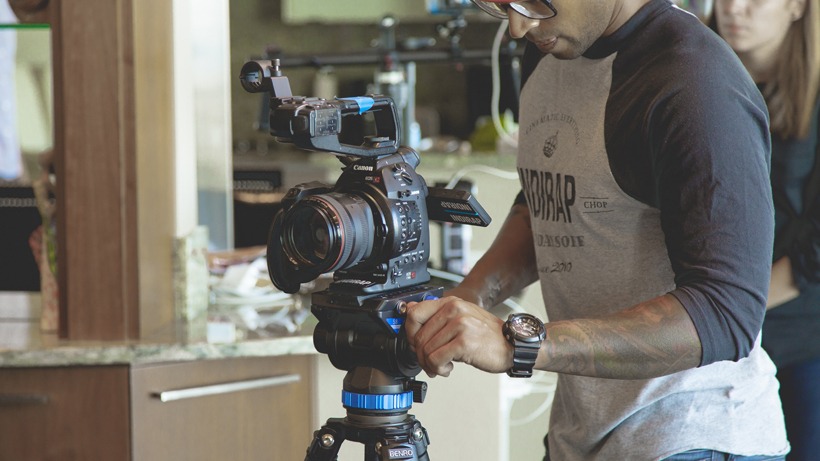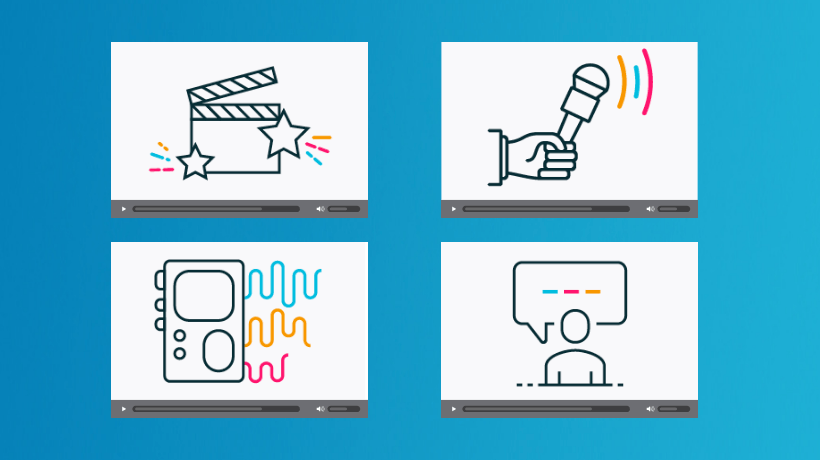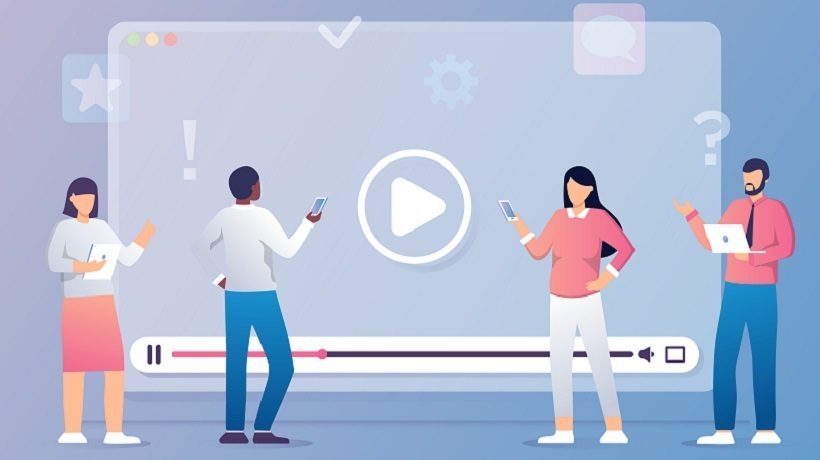Interview-Style Videos: How And When To Use Them
As my team and I design trainings for stakeholders, we actively seek out instances where interview-style is likely to have more of an impact than alternative formats. This isn’t always easy, particularly because when some of our clients think “video” they recall the heavily-produced, meticulously-scripted training videos of bygone eras. (Think “Welcome! to your training on……jet planes”.) And it’s not just clients: In my own brainstorming sessions, my teams have on occasion been guilty of defaulting to scripted videos or motion graphics simply because they afford us more control.
Before we address the virtues of interview-style videos, let’s survey the options a team working to incorporate more video in their learning strategy should consider:
- Screencasts are recorded videos that show users how to navigate a software program. This type of video, which often includes audio narration or onscreen text, is ideal for systems training.
- Motion graphics (or animations) are great for capturing the attention of learners. They are usually short—30 to 90 seconds—and they are often used as a framing device at the beginning of a chapter, or whenever a learner encounters new information.
- Scenario-based (or dramatization) videos use actors to depict relatable situations. The actors are often tasked to model good and bad behaviors, and learners consider what they’re seeing on screen as it relates to the real-life context.
- Scripted “talking-head” videos feature a narrator speaking directly to the camera. Sometimes the narrator is an actor, and sometimes it’s a subject matter expert or an authority figure within an organization.
- Interview-style videos feature a Subject Matter Expert or an authority figure within an organization speaking candidly to an interviewer who or may or may not be included in the frame. In contrast to the scripted talking-head video, the person addresses the interviewer, not the camera.
Of these, my personal favorites are interview-style videos because, in short, when done well, they can be powerful—and personal—aid to your learning objectives. For those who are new to Learning and Development, or who are venturing into video trainings for the first time, I offer you a (very short) primer to help you consider when and how to use interview-style videos.
To Create Buy-In: “This Must Be Important.”
Suppose you’ve been tasked to create a web-based training to help on-board for new hires at a company. Such a training would likely include an “About Us” section and a “What We do” section. The content may be conveyed through static pages or carefully designed activities that engage, but regardless of what else is in your design, the inclusion of a short video in which the CEO explains in her own words what she believes the company is about or what it does goes along way. Video activates different centers in the brain, so it can help break up training content that’s longer than a few minutes. However, the real benefit of featuring a company leader in your video is that your audience is likely to see the value in your training (“If the CEO took time to help produce this video, it must be important”).
To Motivate: “This Must Be Useful.”
In similar fashion, a training intended to help real estate agents master a particular skill would be well-served to include an industry expert—someone whose name, or at least whose title, awards, and/or accomplishments would be immediately recognizable to your audience. If participants can see someone in a position similar to one they’re actively working towards, they’re more likely to view the content that follows as valuable.
To Create An Emotional Response: “This Gets To Me.”
Many kinds of interview videos can create an emotional response, but I’ll use testimonials from real customers as my “for instance” because we use them often in trainings. Customer testimonials aren’t just for commercials anymore—they can be a powerful tool in brand training and employee onboarding. Take for example the “About Us” and “What We Do” sections we touched on earlier. In addition to letting the CEO address these things, let actual customers speak to them, too. When done correctly, regardless of whatever else you include in these sections, your audience leaves the training experience having seen someone whose life was improved by the company.
Conclusion
While powerful, interview-style videos will never replace the scripted, step-by-step instructional videos that have become increasingly popular thanks in part to YouTube and the innovative training platform, Lynda.com. My team and I tend to use the 3 types of interview-style videos discussed above to complement traditional trainings, either at the beginning of a section to capture the audience’s attention, or throughout a section to make abstract concepts more personal and applicable.
Admittedly, it can be a challenge getting access to the right people to put in front of the camera, let alone coaching them to speak to the right talking points, but speaking for ourselves, the effort has always paid off—and when doing so, we’ve usually saved substantial time and resources.









